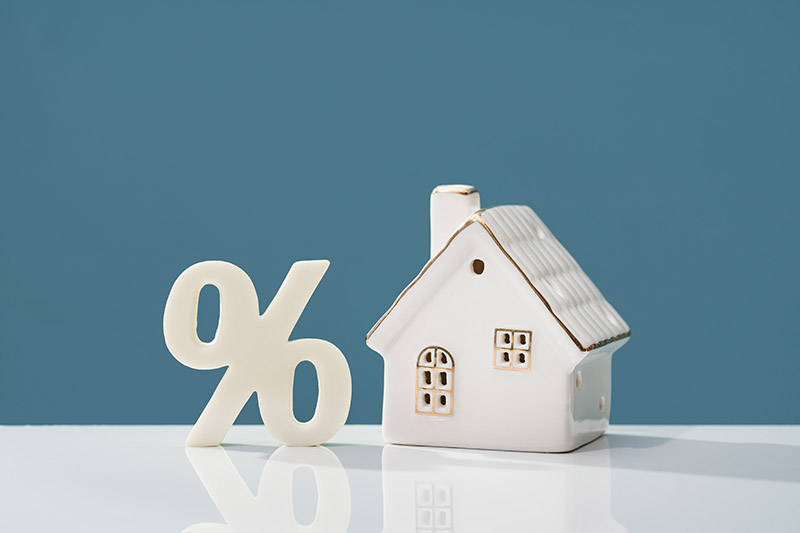Houston mortgage rates are significant in home-buying and refinancing because they directly influence monthly mortgage…
9 Proven Ways to Make the Right Choice Between Fixed-Rate and Adjustable-Rate Mortgages
Choosing between fixed-rate and adjustable-rate mortgages is one of the most significant decisions when selecting a mortgage.
Today, let’s explore the key factors to consider when choosing between fixed-rate and adjustable-rate mortgages, including your financial goals, current interest rates, monthly budget, loan length, and risk tolerance. You can choose the best mortgage type for your needs and financial situation by weighing these factors.
How to Choose Between Fixed-Rate and Adjustable-Rate Mortgages: 9 Key Factors to Consider
Here are 9 key factors to consider when choosing between fixed-rate and adjustable-rate mortgages:
- Your Financial Goals: Consider your long-term financial goals when choosing between a fixed-rate or adjustable-rate mortgage. Plan to stay in your home for an extended time.
- A fixed-rate mortgage may be the better option, as it provides stability and predictability.
- An adjustable-rate mortgage may be more appropriate if you plan to sell or refinance soon.
- Current Interest Rates: Look at current interest rates to help determine which type of mortgage is best for you.
- If interest rates are low, a fixed-rate mortgage may be more appealing as it locks in a low rate for the duration of the loan.
- If interest rates are high, an adjustable-rate mortgage may be more attractive if interest rates are expected to decline.
- Monthly Budget: Consider your monthly budget when choosing between a fixed-rate or adjustable-rate mortgage. A fixed-rate mortgage provides the security of knowing your monthly payment will remain the same throughout the life of the loan, which can be beneficial for those on a tight budget. However, an adjustable-rate mortgage can provide lower initial payments, which may be helpful for those with fluctuating incomes.
- Length of the Loan: The length of the loan can also impact your decision between a fixed-rate or adjustable-rate mortgage. A 30-year fixed-rate mortgage typically has a higher interest rate than a 15-year but offers lower monthly payments. A 15-year fixed-rate mortgage, on the other hand, typically has a lower interest rate but higher monthly payments.
- Risk Tolerance: Consider your risk tolerance when choosing between a fixed-rate or adjustable-rate mortgage. An adjustable-rate mortgage can provide an opportunity to save money on interest payments in the short term but also comes with the risk of increasing payments if interest rates rise. A fixed-rate mortgage provides stability and predictability but may have a higher interest rate.

Key Takeaways:
- Choosing between fixed-rate and adjustable-rate mortgages depends on financial goals, risk tolerance, and interest rates.
- Fixed-rate mortgages provide stability, while adjustable-rate mortgages offer lower initial payments.
- Consider loan length and monthly budget when choosing between fixed and adjustable rates.
- Fixed-rate mortgages are better for long-term homeowners, while adjustable-rate mortgages are better for those planning to sell or refinance.
- Look at the APR to compare different mortgage offers.
Contact Steve Silver at Silver Mortgage, 1-800-920-5720, for more information about fixed-rate or adjustable-rate mortgages in Texas or Florida. Try this free Mortgage Calculator to compare rates and payments to help choose between Fixed-Rate and Adjustable-Rate Mortgages
© 2023 SteveSilverNow




